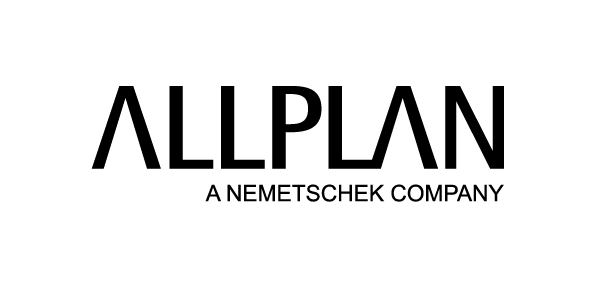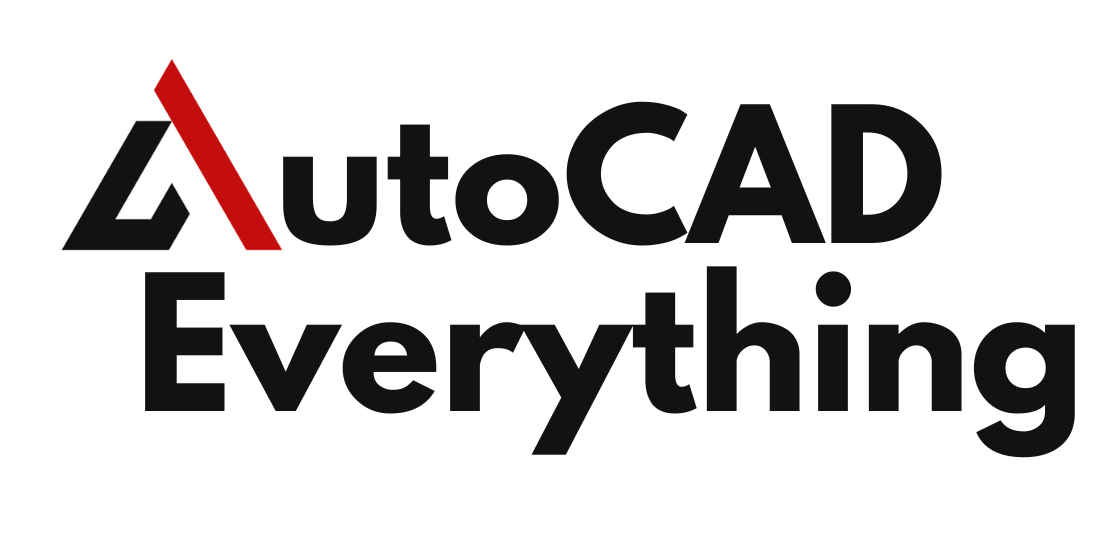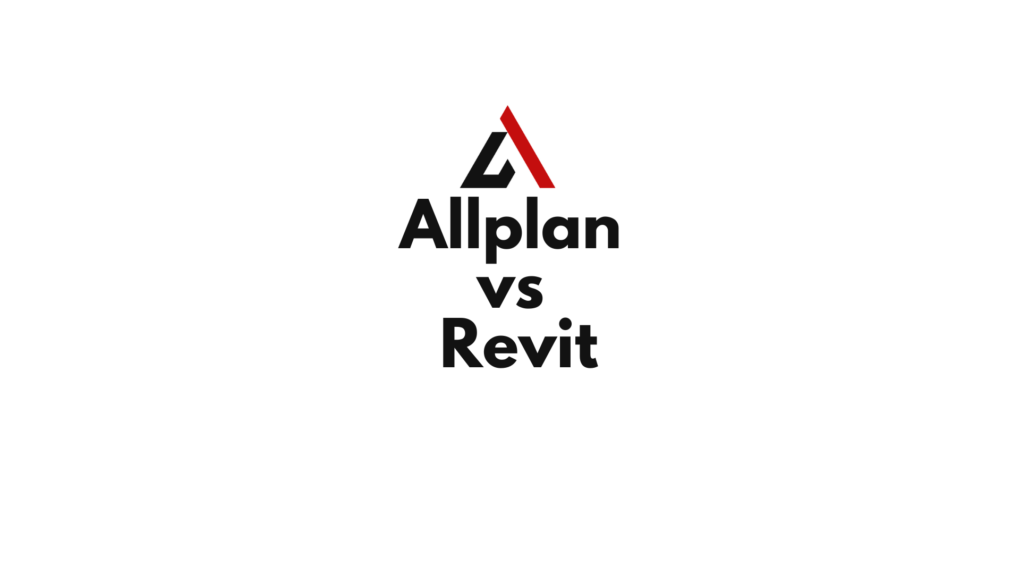Introduction
Choosing the right BIM (Building Information Modeling) software is crucial for architects, engineers, and construction professionals. Revit and Allplan are two leading BIM tools, both designed to support 3D modeling, collaboration, and project management.
- Revit (by Autodesk) is widely used in architecture, structure, and MEP (mechanical, electrical, plumbing) design, offering a parametric, data-driven approach to building modeling.
- Allplan (by Nemetschek) is a multi-disciplinary BIM software with a strong focus on structural engineering and construction-ready documentation, particularly popular in Europe.
This guide compares Allplan vs Revit in terms of features, design flexibility, collaboration, and project management to help you choose the best tool for your needs.
Table of Contents
What is Revit?
Revit is a BIM software that provides parametric, intelligent modeling for architectural, structural, and MEP design. It allows users to create data-rich 3D models, generate construction documents, and collaborate in real-time.

Key Features of Revit:
✅ Parametric BIM Modeling – Objects (walls, doors, floors) are data-driven and interconnected.
✅ Multi-Discipline Integration – Supports architecture, structural, and MEP within the same model.
✅ Automated Construction Documentation – Generates floor plans, sections, and schedules dynamically.
✅ BIM 360 Cloud Collaboration – Multi-user worksharing and cloud-based collaboration.
✅ Extensive Plugin Support – Works with Dynamo, Enscape, V-Ray, Twinmotion, and Rhino.
✅ Industry Standard Adoption – Used globally for commercial, residential, and infrastructure projects.
Who Uses Revit?
✔ Architects – For conceptual, schematic, and detailed design.
✔ Structural Engineers – For reinforcement, steel framing, and structural calculations.
✔ MEP Engineers – For HVAC, electrical, and plumbing coordination.
✔ Contractors & Project Managers – For clash detection, sequencing, and documentation.
What is Allplan?
Allplan is a BIM software developed by Nemetschek, widely used in Europe for architecture, structural engineering, and infrastructure projects. It focuses on detailed construction documentation, clash detection, and integrated 3D modeling.

Key Features of Allplan:
✅ Hybrid 2D/3D Modeling – Users can work in 2D and 3D simultaneously, improving drafting efficiency.
✅ Superior Structural Detailing – Includes reinforcement detailing, precast concrete design, and civil engineering tools.
✅ Open BIM Collaboration – Works seamlessly with IFC, DWG, PDF, and BCF formats.
✅ Construction-Ready Documentation – Generates high-quality drawings with precise detailing.
✅ Multi-User Collaboration via Bimplus – Cloud-based BIM model sharing and coordination.
✅ Advanced Rendering & Visualization – Integrated CineRender and VR support.
Who Uses Allplan?
✔ Architects – For detailed architectural modeling and technical documentation.
✔ Structural Engineers – For reinforced concrete and steel detailing.
✔ Infrastructure Designers – For bridges, tunnels, and civil projects.
✔ Contractors – For BIM-based quantity takeoff and cost estimation.
Revit vs. Allplan: Feature-by-Feature Comparison
| Feature | Revit (BIM Software) | Allplan (BIM + CAD) |
|---|---|---|
| Primary Use | BIM for architecture, structure, and MEP | Architecture, structural engineering, and infrastructure |
| Industry Focus | Commercial & Residential Buildings, AEC | Structural Engineering, Civil Infrastructure, Precast Design |
| Modeling Approach | Fully parametric BIM with interconnected objects | Hybrid 2D/3D modeling (CAD + BIM) |
| Collaboration | BIM 360 for cloud-based teamwork | Bimplus for model sharing and OpenBIM support |
| Structural Engineering Support | Strong, but requires add-ons for reinforcement modeling | Excellent – native reinforcement and precast detailing |
| Construction Documentation | Automated but less customizable | Highly detailed and customizable drawings |
| Rendering & Visualization | Enscape, Twinmotion, V-Ray support | Built-in CineRender and VR support |
| File Format Compatibility | RVT, IFC, DWG, NWC, DWF | IFC, DWG, DXF, PDF, BCF |
| Learning Curve | Steep, requires professional training | Moderate, better for CAD users transitioning to BIM |
| Best For | Large-scale BIM projects with architecture, structure, and MEP | Detailed structural design, infrastructure, and construction drawings |
1. Design Flexibility & Workflow
Revit’s Strength in BIM Design
- Best for fully parametric building modeling.
- Ideal for commercial buildings, high-rises, and multi-discipline projects.
- Limited direct 2D drawing capabilities, requiring view templates and workarounds.
Allplan’s Strength in Hybrid 2D/3D Workflow
- Supports 2D drafting and 3D modeling within the same interface.
- Excellent for detailed technical drawings and construction documentation.
- Better for infrastructure projects like bridges and tunnels.
👉 Use Revit if you need a structured BIM environment for large projects.
👉 Use Allplan if you prefer flexible 2D/3D workflows with strong construction detailing.
2. Collaboration & OpenBIM Support
Revit Collaboration
✔ Uses BIM 360 for cloud-based worksharing.
✔ Works best in Autodesk-based environments (Revit, Navisworks, AutoCAD).
✔ IFC support, but less optimized for OpenBIM workflows.
Allplan Collaboration
✔ Uses Bimplus for OpenBIM collaboration.
✔ Integrates better with IFC, DWG, and BCF formats.
✔ Best for cross-software collaboration with non-Autodesk users.
👉 Use Revit for Autodesk-based BIM workflows.
👉 Use Allplan for OpenBIM projects with diverse software compatibility.
3. Structural Engineering & Construction Documentation
Revit for Structural Design
✔ Supports steel framing and precast concrete, but requires add-ons for reinforcement modeling.
✔ Good for general structural modeling but less detailed documentation.
Allplan for Structural Engineering
✔ Native support for reinforcement detailing, steel design, and precast concrete.
✔ More accurate construction-ready drawings.
✔ Best for engineering firms and contractors needing highly detailed models.
👉 Use Revit for general structural design within a BIM workflow.
👉 Use Allplan for detailed engineering drawings and reinforcement modeling.
Which One Should You Choose?
| Choose Revit If… | Choose Allplan If… |
|---|---|
| You work on commercial, institutional, or multi-discipline projects | You work on detailed structural, infrastructure, or civil projects |
| You need BIM-based collaboration with Autodesk software | You need detailed construction drawings and reinforcement modeling |
| You collaborate with architects, engineers, and MEP designers | You collaborate with structural engineers and contractors |
| You require cloud-based worksharing (BIM 360) | You prefer OpenBIM collaboration with IFC support |
| You focus on design and visualization | You focus on engineering precision and technical documentation |
Conclusion
Both Revit and Allplan are excellent BIM tools, but they serve different roles. Revit is best for large-scale BIM projects, architectural design, and multi-discipline collaboration, while Allplan excels in detailed structural engineering, infrastructure, and technical documentation. If you’re working on general architecture and BIM workflows, Revit is the better choice. If you need precision engineering and OpenBIM workflows, Allplan is the superior option. 🚀

